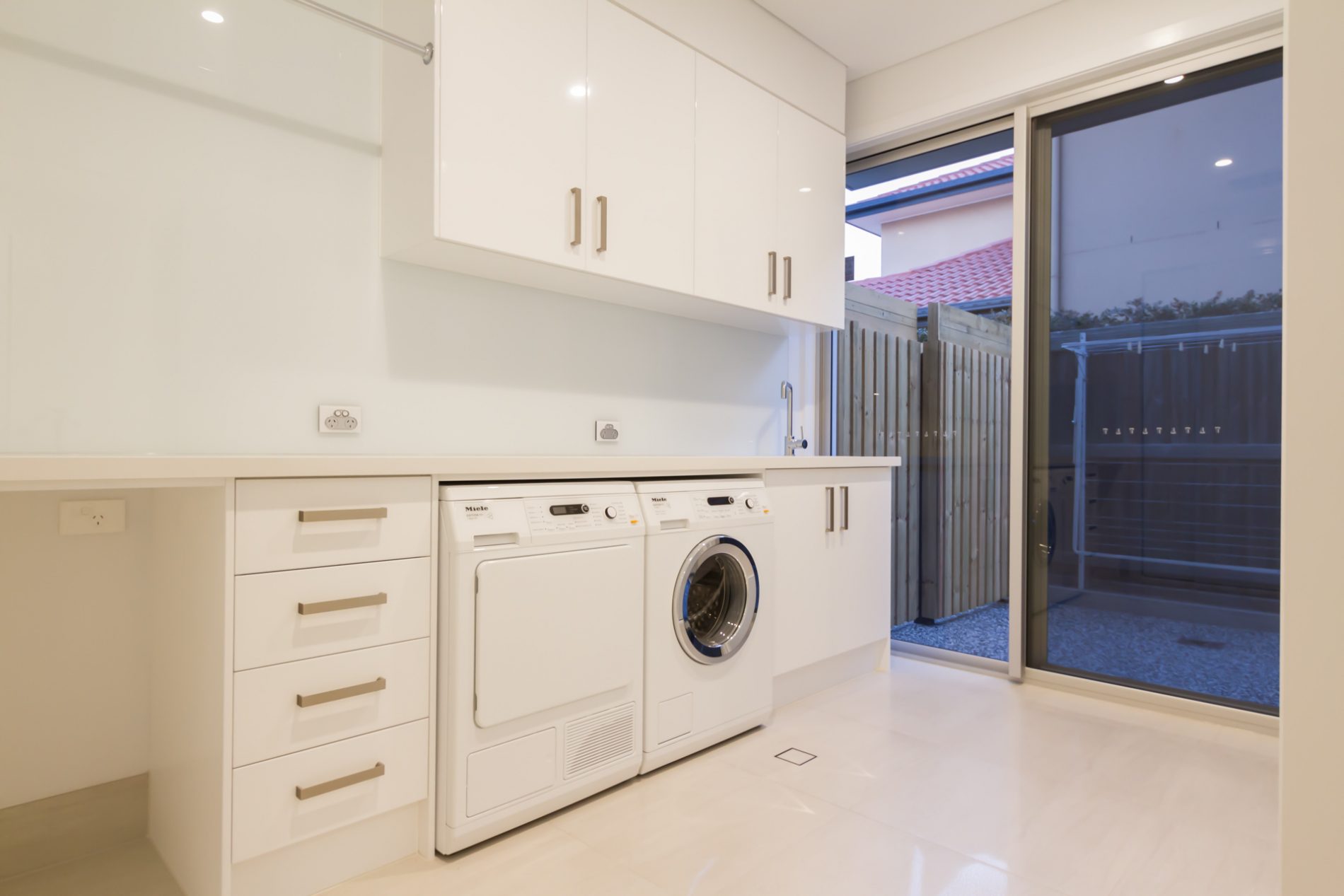10 Budget Friendly Christmas Decorating Ideas
Decorating your home for the holidays does not have to mean emptying your life savings. Here are 10 tips...
Read More
The Australian Government released the Energy Star Rating System quite some years ago in effort to give consumers a quick and easy way to compare the energy efficiency of household appliances. Obviously the higher the Star Rating the Higher the energy efficiency, but do you really understand how the system works?
According to the Australian government’s website, the Energy Star label is “a tool to help consumers compare appliances with similar characteristics on the basis of energy consumption.” This label only takes into account the estimated consumption of energy measured in kilowatt-hours (kWh) of similar appliances. The Energy Star label does not reflect the overall quality of an appliance, an appliance’s monetary value in comparison to another’s or how long it will last. Other factors, such as climate and personal usage, will have a bearing on your appliance’s efficiency.
All appliance manufacturers, both foreign and domestic, must achieve a minimum standard of energy efficiency before their products are allowed on the Australian market.
An appliance with a 4 Star rating is more energy efficient than an appliance with a 3 Star rating, but just how much more efficient is it? Surprisingly, the difference of just a single star can make a big difference. For example, each star on refrigerator labels represents a 23% difference in its efficiency: a fridge with an Energy Star rating of 4 consumes an estimated 23% less energy than a similar fridge with a 3 Star rating.
The testing procedures for different types of appliances vary depending on a number of factors and the procedures used to determine a particular appliance’s energy efficiency are continually refined in order to make the Energy Star system even more reliable. For example, in 2007, Energy Star began including stand-by usage in its calculations. While a seemingly minor point, stand-by usage can account for up to 12 percent of an appliance’s total consumption of energy.
The appliances you choose and the way you use them will also make a big difference in your energy consumption. For example, if you buy a larger fridge or washing machine than you need, your appliance will consume more energy than a smaller sized appliance with the same Energy Star rating would.
When purchasing a dishwasher or washing machine, also pay close attention to the Water Rating label. Similar to the Energy Star label, it will tell you how efficiently your appliance uses water. Not only will a washing machine or dishwasher that uses less water save water, when it is using hot water, it will save energy and every kilowatt hour of energy saved amounts to money saved as well.
While we can’t all do everything to limit our energy consumption, we can all do our part. The Energy Star Rating system is a “win-win” solution for everyone. By choosing appliances with more stars, you are choosing appliances that have all the performance you need, but perform more economically and energy efficiently than ever before.